Estimated reading time: 8 minutes
Does your cat regurgitate undigested food frequently, and you’re not sure what’s causing it or how to prevent it?
Maybe you’ve been confusing regurgitation with vomiting, and wondering if there’s any real difference between the two.
Perhaps you’re unsure if your feline’s occasional regurgitation is a cause for concern or just another peculiar cat behavior.
If these questions sound familiar, you’ve come to the right place. We’ll delve into the details of what distinguishes regurgitation from vomiting, explore the most common factors that cause regurgitation in cats, discuss how you can help your cat avoid regurgitating undigested food, and when it’s time to seek professional help.
Key Points
The Difference Between Vomiting and Regurgitation
Understanding the difference between vomiting and regurgitation in cats is essential for all pet owners. While both involve your feline friend expelling food from their mouth, the cause, process, and the implications of these two phenomena are fundamentally different.
Vomiting is an active process, typically involving abdominal contractions and expelling not only food but often bile, a yellowish liquid produced in the liver. When a cat is vomiting, the contents of the stomach, which may be partially or fully digested, are forced up through the esophagus and out of the mouth. Vomiting usually indicates a problem within the cat’s digestive system and should be a cause for concern, especially if it becomes frequent.
On the other hand, regurgitation occurs almost passively, without the active engagement of the abdominal muscles. Instead, it’s a swift, typically undramatic expulsion of food from the esophagus, not the stomach. Thus, the swallowed food is often undigested, and the expelled material may retain its tubular shape from the esophagus. Regurgitation in cats can occur immediately after eating or even a few hours later. The underlying cause of regurgitation can vary from minor issues, such as eating too quickly, to more serious concerns like esophageal disorders.
Frequent regurgitation, like frequent vomiting, should not be dismissed. A veterinary consultation is advisable to identify and address any potential issues, as both vomiting and regurgitation can lead to dehydration and nutritional deficiencies if not resolved. It is important for cat owners to observe their pets carefully to accurately describe the frequency and nature of these episodes, as well as any accompanying symptoms, to their veterinarian. Knowing the difference between vomiting and regurgitation is crucial to help your cat get the right treatment and care.
Common Causes of Regurgitation in Cats
Regurgitation can be caused by a variety of factors, often differing from the reasons for vomiting. Being aware of these causes can help cat owners identify possible triggers and take steps to minimize regurgitation episodes. Some common causes include hairballs, overeating, eating too quickly, sudden changes in diet, and stress or anxiety.
Hairballs
Cats are known for their grooming habits. While licking their fur, they often swallow loose hair. Most of this hair passes through the digestive tract and is eliminated in the feces. However, some hair can accumulate in the stomach and form a hairball.
Normally, the cat will expel the hairball by vomiting, given that it’s an active process involving the abdominal muscles to eliminate contents from the stomach. However, occasionally, especially when the hairball is not large enough to stimulate the vomiting reflex, it may travel up the esophagus and be regurgitated instead.
Regular grooming can help minimize the amount of hair a cat swallows. Additionally, certain diets and supplements can help the passage of hair through the digestive tract.
If you notice your cat regurgitating hairballs frequently, it’s a good idea to consult with a veterinarian to rule out any underlying conditions and receive advice on managing this issue.
Overeating and drinking
Cats that consume their food or water too quickly or in large quantities may experience regurgitation. This is because the esophagus, a tube that carries food from the mouth to the stomach, can only handle so much at once. When a cat overeats or drinks too much too quickly, it may not be able to process everything, leading to the passive expulsion of undigested food or water.
Eating too quickly
Similarly, cats that eat their food too quickly may not chew it sufficiently, making it harder for the esophagus to process and push the food down to the stomach. This often results in the regurgitation of undigested food, sometimes still in a tubular shape due to the shape of the esophagus. A cat’s food bowl or feeder may be a contributing factor if it allows the cat to eat large mouthfuls quickly.
Sudden changes in diet
Introducing new cat food abruptly can also cause a cat to regurgitate. The cat’s digestive system may need time to adjust to the new food, and a sudden change can disrupt this process, leading to regurgitation. If you need to change your cat’s diet, do it gradually, introducing the new food in small quantities alongside the old food, increasing the new food’s proportion gradually.
Stress and anxiety
Finally, emotional factors like stress and anxiety can lead to regurgitation in cats. Cats are creatures of habit and can become anxious or stressed when their routines are disrupted, leading to digestive issues such as regurgitation. This stress can be caused by many factors, including changes in their environment, conflicts with other cats, or even sensing their owner’s stress. Consult with a veterinarian to help manage your cat’s anxiety and, in turn, their regurgitation issues.
How to Prevent Cat Regurgitation
Preventing regurgitation in cats involves adjusting feeding habits and meal content to suit each cat’s specific needs. Here are some strategies that can help reduce regurgitation episodes in your feline friend:
Use a slow feeder or puzzle feeder
Cats that eat too quickly can benefit from a slow feeder or a puzzle feeder. These devices are designed to release small amounts of food at a time or to make the cat work a bit to get their food, effectively slowing down their eating pace. This can prevent the cat from gulping down large amounts of food too quickly, reducing the likelihood of regurgitation.
Feed smaller meals more frequently
Feeding your cat smaller meals throughout the day instead of two large meals can also help prevent regurgitation. Smaller meals are easier for the cat’s esophagus and stomach to handle, reducing the chances of an overloaded esophagus that may lead to regurgitation.
Elevate the food dish
Elevating your cat’s food and water dishes can also help reduce regurgitation. When a food dish is at ground level, the cat may have to strain their neck and swallow against gravity, which can lead to regurgitation. By elevating the dish, you help facilitate a more natural and comfortable eating posture for your cat.
Slightly warm the food
Try putting the food in a plastic bag in warm water before serving. This can make the food more enticing to your cat and easier to digest, reducing the chances of regurgitation.
Avoid dry kibble
Dry kibble can expand in the cat’s stomach when moisture is introduced, which can cause the stomach to feel full quickly and lead to regurgitation. Switching to canned, wet food can often help as it is easier to digest and less likely to cause rapid stomach distention.
Always consult with a vet before making any drastic changes to your cat’s diet to ensure it meets all their nutritional needs.
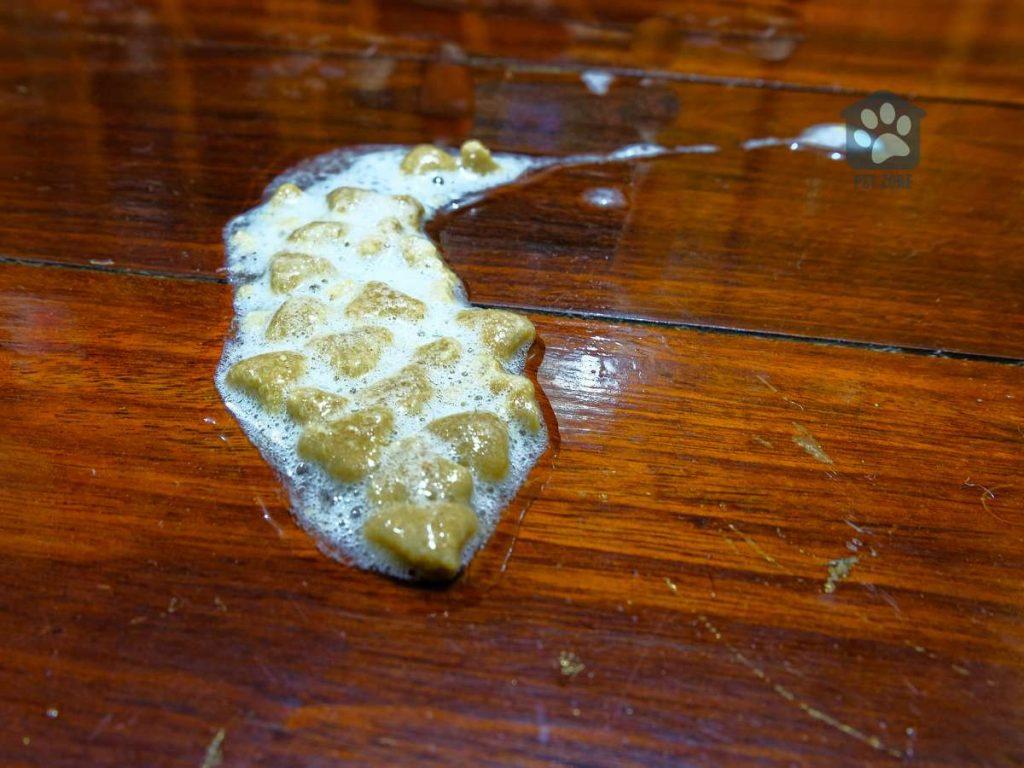
When to Seek Veterinary Advice
While occasional vomiting or regurgitating may not be a cause for concern, if you notice your cat is regurgitating food frequently or alongside other symptoms, such as weight loss, lethargy, loss of appetite, or signs of discomfort, it’s time to consult with a veterinarian.
The vet may conduct tests or employ imaging techniques to identify the cause of the regurgitation and suggest the appropriate course of treatment.
A veterinary professional can help determine if the regurgitation is a symptom of a more serious underlying condition, such as an esophageal disorder, gastrointestinal disease, or a food allergy.
Conclusion
Regurgitation in cats, while not as severe as vomiting, can still be a cause for concern, particularly when it occurs frequently or alongside other symptoms. This passive action where undigested food is expelled from the esophagus is often a consequence of eating food too quickly, overeating, sudden changes in diet, or due to stress and anxiety.
Preventing regurgitation often involves adjustments to a cat’s eating habits. Slow feeders or puzzle feeders can help control the pace at which a cat eats, and smaller, more frequent meals can ease the load on the cat’s digestive system. Moreover, elevating the food dish and warming the food can also aid digestion and prevent regurgitation. It’s also worth considering a switch from dry kibble to canned food, as dry food can cause the stomach to feel full quickly and potentially lead to regurgitation.
However, it’s crucial to remember that regurgitation can sometimes be a symptom of more serious health issues. Therefore, it’s vital to consult with a veterinarian if you observe frequent regurgitation, if changes to feeding habits have no impact, or if regurgitation is accompanied by other worrying signs. These might include loss of appetite, weight loss, lethargy, or obvious discomfort.


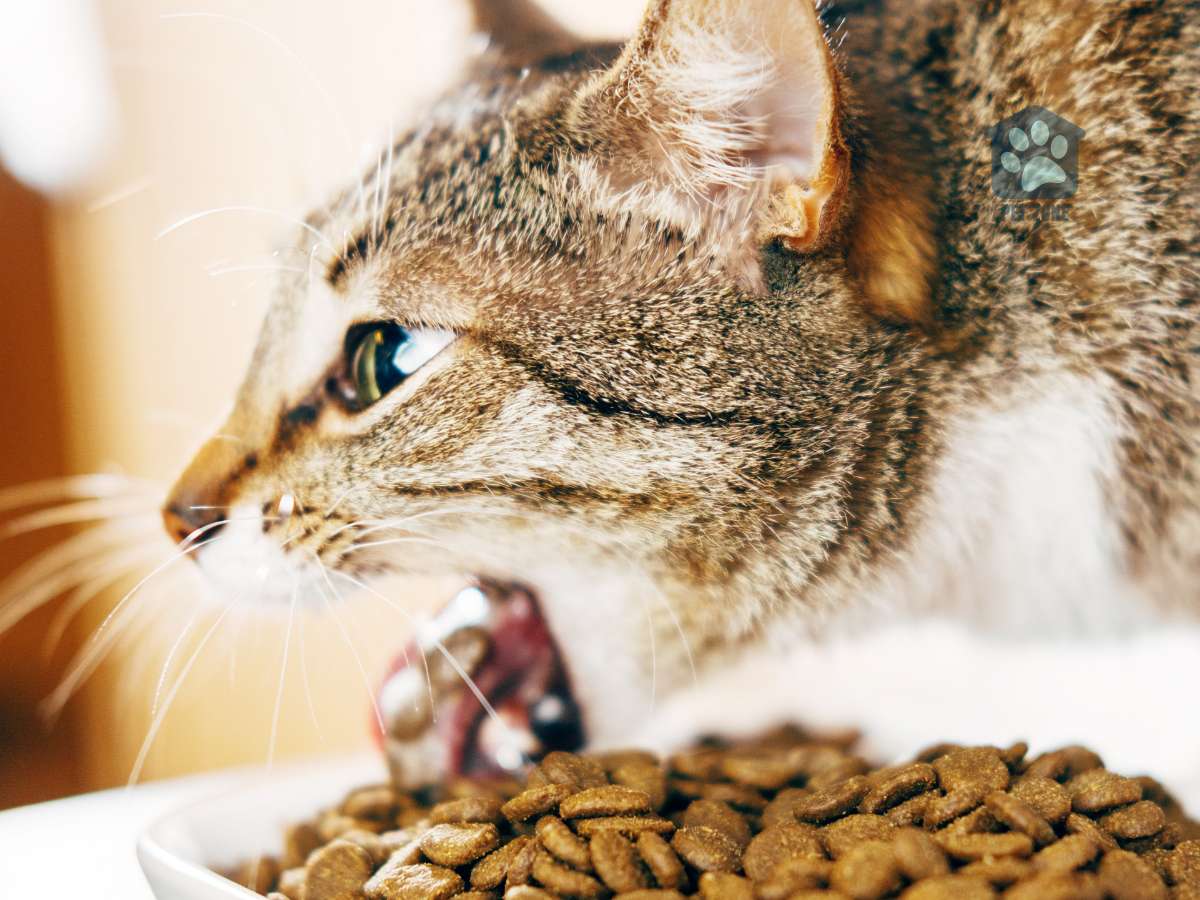
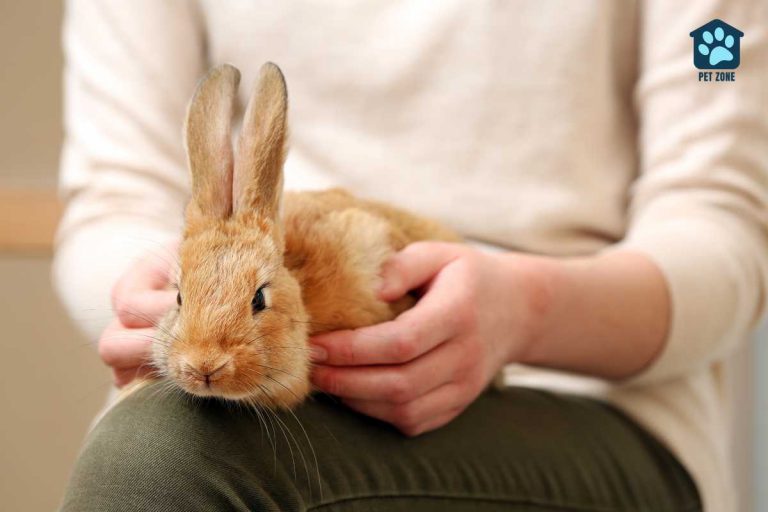
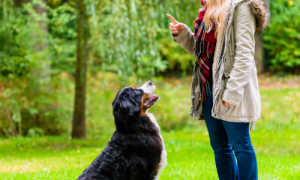
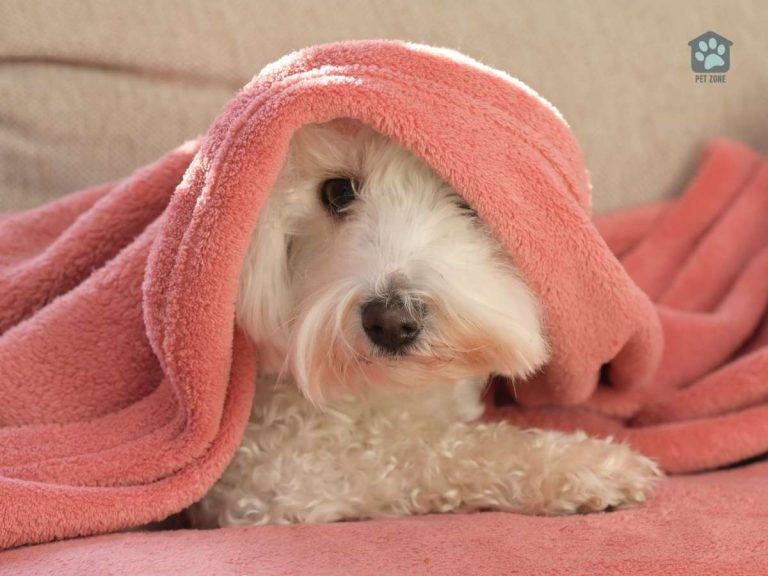
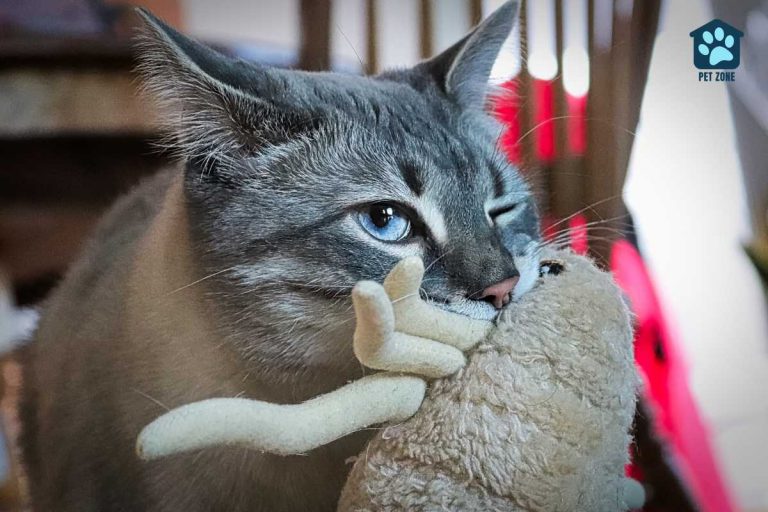

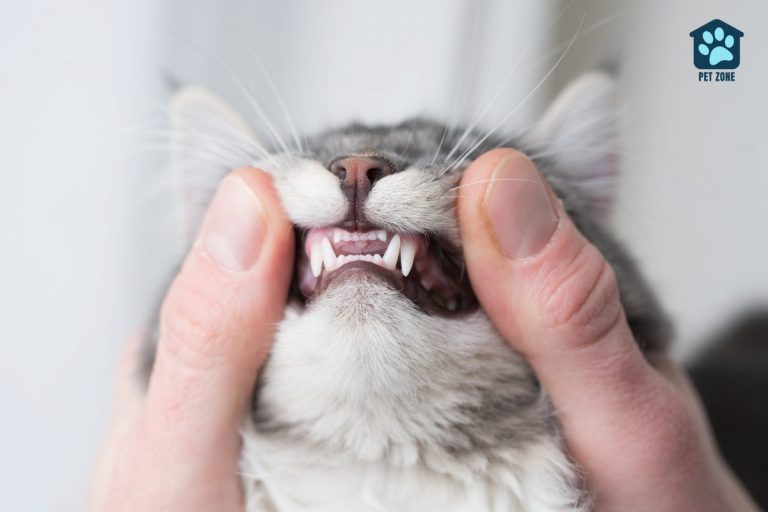
Yes, my cat does this so I was wondering what was up. Thanks for the explanation, the reasons are a lot more clearer now. Cheers.
I noticed my daughter was cleaning up throw up from her cat this morning. I said to her I wonder why she does that some times. I’m going to share this post with her. Thanks for the information!
I was looking for this information for my cat, thank you.